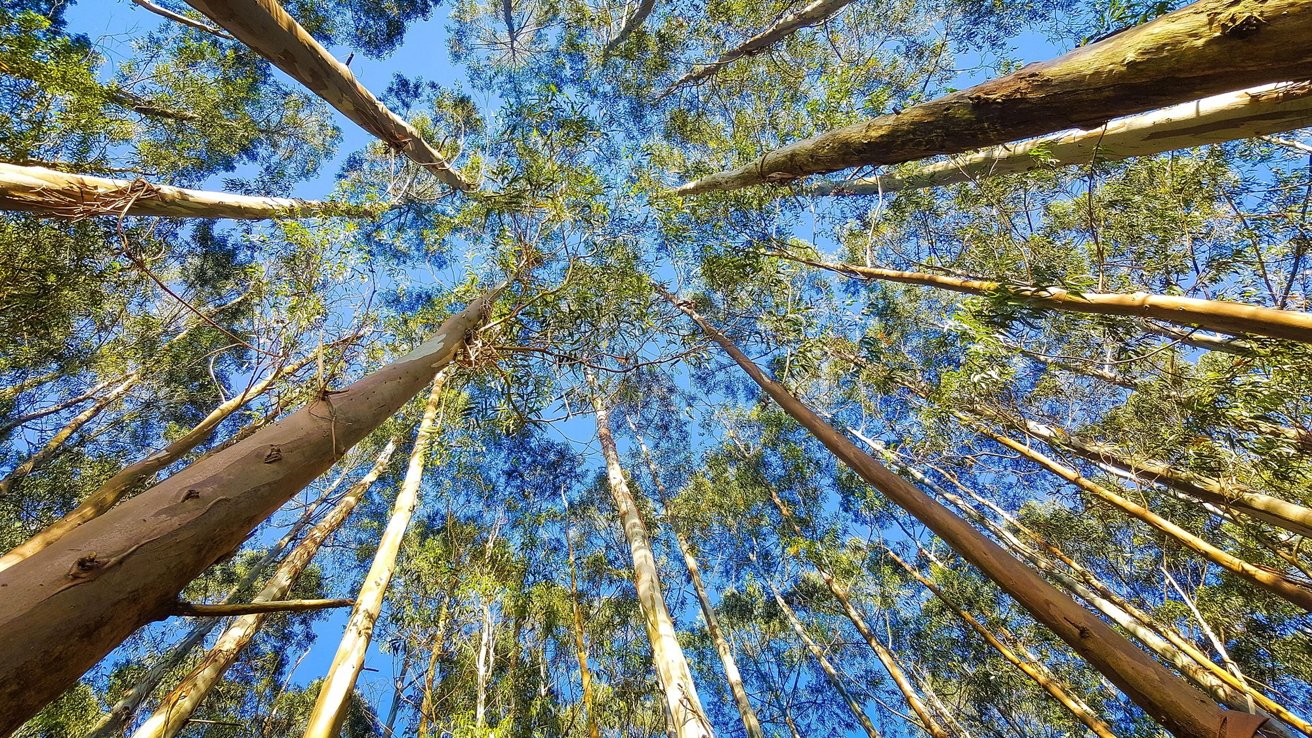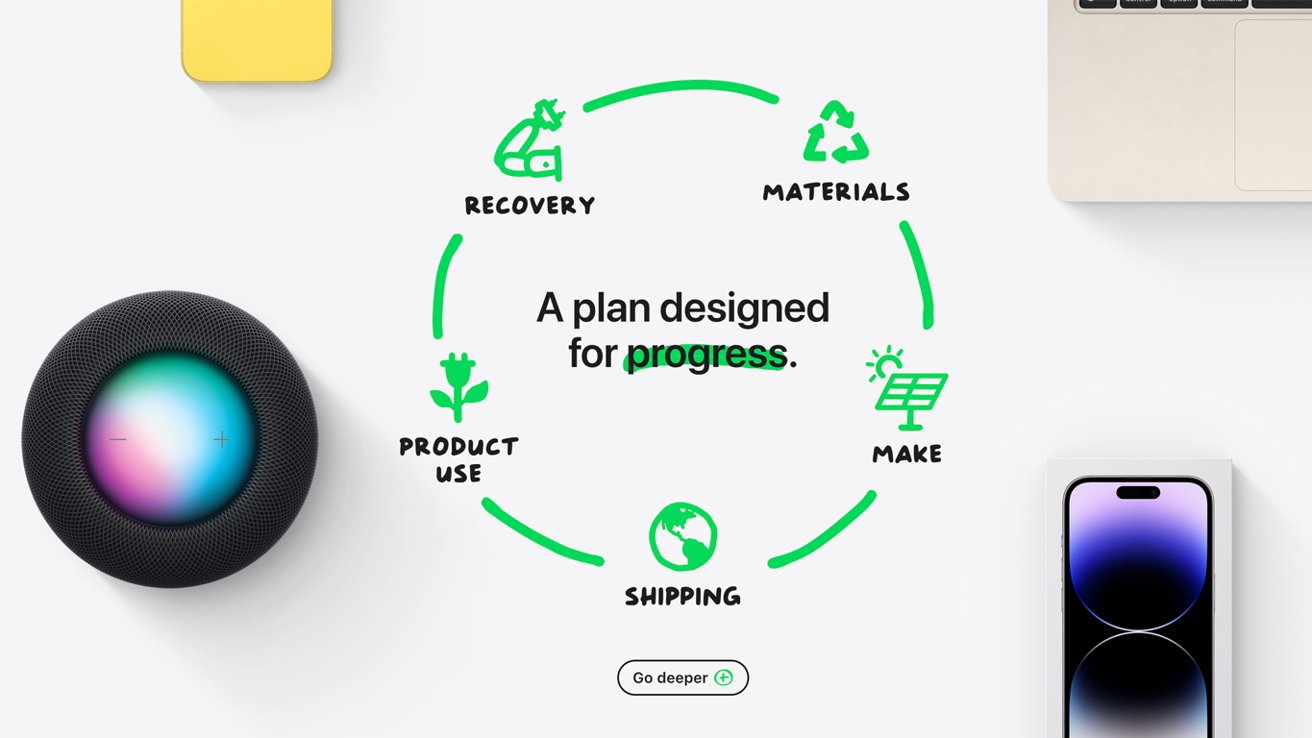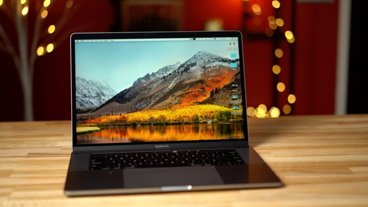Apple invests quite a bit of time, money, and effort into its environmental initiatives, but it's hard to see whether or not its efforts are making an impact.
The saying goes, "the road to hell is paved with good intentions." It's very possible to do a lot of harm while attempting to do a lot of good.
In 2020, Apple announced "Apple 2030;" a highly ambitious goal of becoming 100% carbon neutral by 2030. While Apple has already been carbon neutral on the global corporate level, the company wants to become carbon neutral across its entire business, manufacturing supply chain, and product life cycle.
Unfortunately, a yearly multi-device release cycle and now a rush to keep up in the artificial intelligence race are entirely counterproductive to those scales. While Apple has done an okay job at trying to minimize carbon production in its operations, there's no way to completely eliminate it.
In the past, most large corporations relied on carbon credits to offset the carbon they produced. Carbon credits are "generated" from projects that either avoid or remove carbon from the environment.
For instance, maybe a company adopts a patch of forest to protect it from deforestation. Maybe they invest in renewable energy startups. The point is, carbon credits are used to "offset" the carbon a company produces.
If a company produces 14.5 million metric tons of carbon in a year, that company can — theoretically — purchase 14.5 million carbon credits and become carbon neutral. But it's not that simple.
It's nearly impossible to figure out how much carbon a carbon credit project removes. This is why carbon credits are often panned as greenwashing: a strategy designed to signal to the public that the company is environmentally friendly.
A lot of big companies have shifted toward investing in eucalyptus farms in Brazil, hoping that the fast-growing tree could help tackle many environmental issues, including carbon emissions.
Science and technology journalist Gregory Barber took a trip to Brazil to check out these Apple tree farms. His story in the MIT Technology Review takes a critical look at this strategy.
It's a good, if not long, read I'd suggest checking it out if you're the kind of person who finds this sort of thing interesting.
The theory is that if you plant enough trees you can trap enough carbon dioxide and lock it inside the trees' lignin. Lignin is, essentially, the muscular-skeletal system of a plant, and it's most prevalent in woody trees — like eucalyptus.
Planting eucalyptus forests in Brazil, a country hit hard by deforestation, seems like a logical solution. You'd just need to take large patches of land that used to be forest and replant a fast-growing forest.
Of course, it's not a perfect solution. Truthfully, it just cuts the middle man out of the carbon credit ecosystem. Environmentalists have long been critical of this solution.
Barber spoke to Giselda Durigan, an ecologist at the Environmental Research Institute of the State of Sao Paulo, who was highly critical of the idea. Like many others, Durigan worries that these farms are mostly a vanity project.
"They are using the carbon discourse as one more argument to say that business is great," Durigan said. "They are happy to be seen as the good guys."
The first glaring problem is that eucalyptus aren't native to Brazil, or even to South America. It's native to Australia.
Introducing non-native species always has significant drawbacks. Eucalypts are fast-growing, a feature that makes them good at trapping carbon dioxide.
However, fast-growing isn't necessarily better, either. Fast-growing plants tend to invade areas and choke out other species, though allegedly this isn't as big of a concern in Brazil.
But its fast-growing nature means the plant is necessarily water-hungry. Eucalyptus has been used as an effective strategy to control the spread of malaria because it's effective at draining swampy areas dry.
And there's also the argument that if you plant a fast-growing plant, be it eucalyptus or bamboo, you can harvest that, rather than native species, industrial uses. You can use bamboo to make paper, toilet paper, and textiles. Eucalyptus can be used to make paper, flooring, furniture — pretty much the same as any other type of timber.
But that doesn't change the fact that eucalyptus is a singular plant, and monocultures are often far more detrimental than the problem they hope to solve. Ecosystems are complex, so the solution was never going to be simple.
I don't have an answer to how to fix the problem; truthfully, I'm not sure if there is one. It just becomes apparent what won't fix it.
Humans have a history of tampering with the environment to meet their own needs, and it often has less than desirable results. Just as Henry Ford learned that planting rubber trees in Brazil wasn't enough secure a source of rubber, Apple may find that planting eucalyptus in the same country can't save the world.
 Amber Neely
Amber Neely



-m.jpg)






 Andrew Orr
Andrew Orr
 Marko Zivkovic
Marko Zivkovic
 William Gallagher
William Gallagher












9 Comments
I’m glad you wrote this. Yes, these farms are greenwashing, the whole carbon credit biz is. Any time a company or country uses the words “Carbon Neutral” I know they are not really solving the problem, they are just looking for a way to excuse their continuing to produce emissions. The only way to not produce carbon emissions is to stop producing carbon emissions. Anything else is just smoke and mirrors.
I vaguely recall an Apple executive who said on camera "the greenest electricity is the electricity you aren't using."
Yes, the whole carbon credit business is a racket. And I find it bizarre that Cupertino-headquartered Apple supports planting eucalyptus trees. For decades these trees have been considered by many Californians to be an invasive species. They were heavily planted in California by many cities (and some developers) who prioritized fast growing trees without thinking of the later consequences. (Redwoods and other conifers were also used this way.) Basically when a eucalyptus tree dies or is removed, it won't be replaced by a eucalyptus tree.
I can see some argument for planting them as a cash crop in a reforestation effort with planned harvesting but monocultures are generally a bad thing, I hope some other native species are also used for these carbon credit programs. Lol, maybe they can plant more coffee plants, there's a shortage of beans right now.
But we are still going to use electricity anyhow. I suppose this is one compromise, an interim solution to offset some of the damage until we come up with better methods. At least Apple is making an effort here at leading by example. There are many other companies and organizations that do far less.
Apple is not planting anything, they are enabling NGO’s so if you want to complain, complain to the NGO’s …
Look nothing is perfect, but they are very deliberate in making products as energy efficient as possible, average laptop consumes 1/2 the power of a PC and that since 2020.
More and more products are build with recycled materials. All that believe this can be done overnight and without trial and error is delusional …